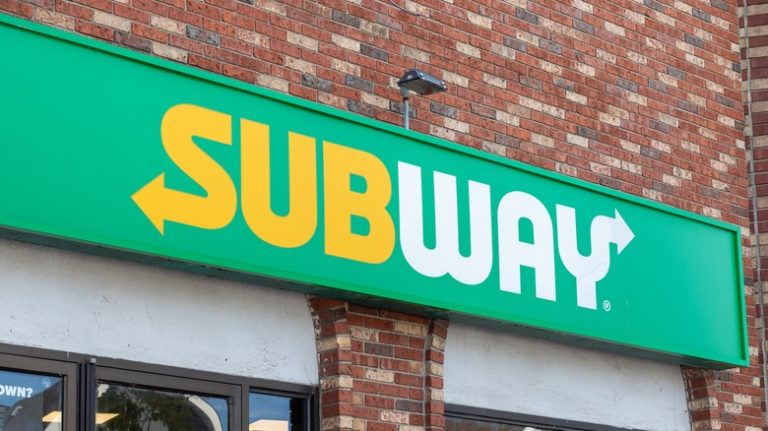
According to Ridester’s 2024 nationwide analysis, DoorDash and Uber Eats impose three main fees in addition to menu prices: a delivery fee that fluctuates based on distance and demand, a service fee, and a small-order surcharge. As of June 2024, DoorDash’s service fee generally falls between 10% and 15% of an order’s subtotal, as noted by upmenu. Meanwhile, Uber Eats has a flat 15% service fee, according to its official help page. For a $40 dinner, DoorDash charges approximately $4 to $6 in service fees, while Uber Eats charges $6. For smaller orders, DoorDash adds a $2.50 fee for orders under $10, whereas Uber Eats charges a $3 fee for orders with a subtotal under $15.
Delivery fees also differ between the two platforms. DoorDash fees usually start at $1.99 and can rise to about $5.99, depending on the location and time of day. Uber Eats charges slightly more, ranging from around $2.49 to $6.99, as per SavingsGrove, but can drop to as low as $0.99 during promotions. For larger orders, DoorDash’s slightly lower fee range may offer better overall value. However, it’s always wise to do a quick side-by-side check on both apps before placing an order to avoid paying more than necessary, especially since ordering takeout can already be an expensive choice.
Basket tests: identical meals, different totals

Basket tests that compare the same meals on each app reveal how small fees can change which app is cheaper from city to city. SavingsGrove’s 2025 side-by-side test found that DoorDash totals averaged $2 to $3 less than Uber Eats once all fees were accounted for. However, Nashville’s WSMV found the opposite result. In a May 2025 test comparing the same McDonald’s meal across four apps and three Tennessee cities, DoorDash averaged $18.39 (excluding how much you should tip your delivery driver), while Uber Eats came to $18.74.
The takeaway is that local tax rates, distance-based delivery fees, and in-app promotions can shuffle prices from one ZIP code to the next. Even within the same metropolitan area, WSMV found a $1.35 difference between Nashville and Clarksville on identical Taco Bell orders. Furthermore, in a 2023 test, The Washington Post ordered the same meal in San Francisco across apps, with DoorDash coming in at $24.63 before tip, Uber Eats at $28.38, and in-person pickup at $22.22. Even a single coupon or local fee can push the price difference on a meal to nearly $4.
Subscription math: DashPass vs. Uber One

Another pricing aspect to consider is the subscription options offered by each app. DashPass from DoorDash and Uber One from Uber are both priced at $9.99 a month or $96 annually, but their benefits slightly vary. DashPass eliminates the delivery fee and reduces the service fee on every restaurant order that meets the in-app minimum, usually $12, and also applies to partner grocery and retail stores. Uber One provides the same $0 delivery on eligible orders, plus up to 10% off and 6% back in credits on Uber rides.
Independent tests indicate that DoorDash’s DashPass easily pays for itself. A June 2025 review from Advice4Travel found it saves $4 to $5 on each qualifying order, meaning just two average meals a month cover the $9.99 fee, with any additional savings being pure savings. Meanwhile, Under30CEO reports that Uber One members save about $27 a month when combining delivery discounts, credits, and ride perks. However, the Federal Trade Commission, via Washington Post, pointed to Uber’s own claim of members saving $25 a month as misleading, in an April 2025 complaint. That said, depending on how frequently you order and how much you spend on those orders, either membership can break even fairly easily.






